
“La Chanvrière” expands to the Ardennes with a second Hemp production site
La Chanvrière, Europe’s leading producer of industrial hemp, based near Troyes, has taken a new strategic step by announcing the opening of a second processing plant in the Ardennes. This €15 million investment confirms the growing importance of this sustainable sector.
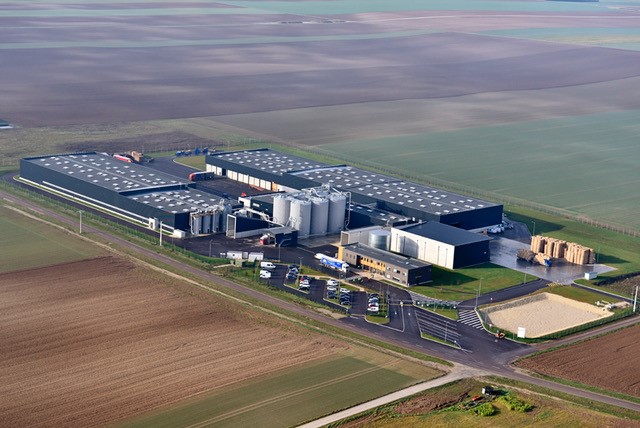
A new Plant to Meet Growing Demand in Europe
With more than 750 partner producers and 13,000 hectares cultivated around Troyes, La Chanvrière alone processes 55% of French hemp and 20% of European hemp. With its main site at Saint-Lyé (Aube) now operating at full capacity, La Chanvrière will begin building a new plant at Juniville (Ardennes) this year. The new site will process up to 50,000 tonnes of straw each year and produce more than 30,000 tonnes of fibre. This represents an increase of more than 60% on current production capacity.
This industrial project represents an investment of at least €15 million and follows a rigorously defined timetable. Planning permission is expected to be filed by the end of 2025, followed by the start of construction in 2026, so that – according to forecasts – industrial activity can begin by the end of 2027. Up to twenty jobs will be created locally, contributing to the region’s economic dynamism.
This new facility will also consolidate the development of a regional agricultural industry capable of meeting the growing demand for bio-based materials in the construction, textile, agri-food and plastics industries.
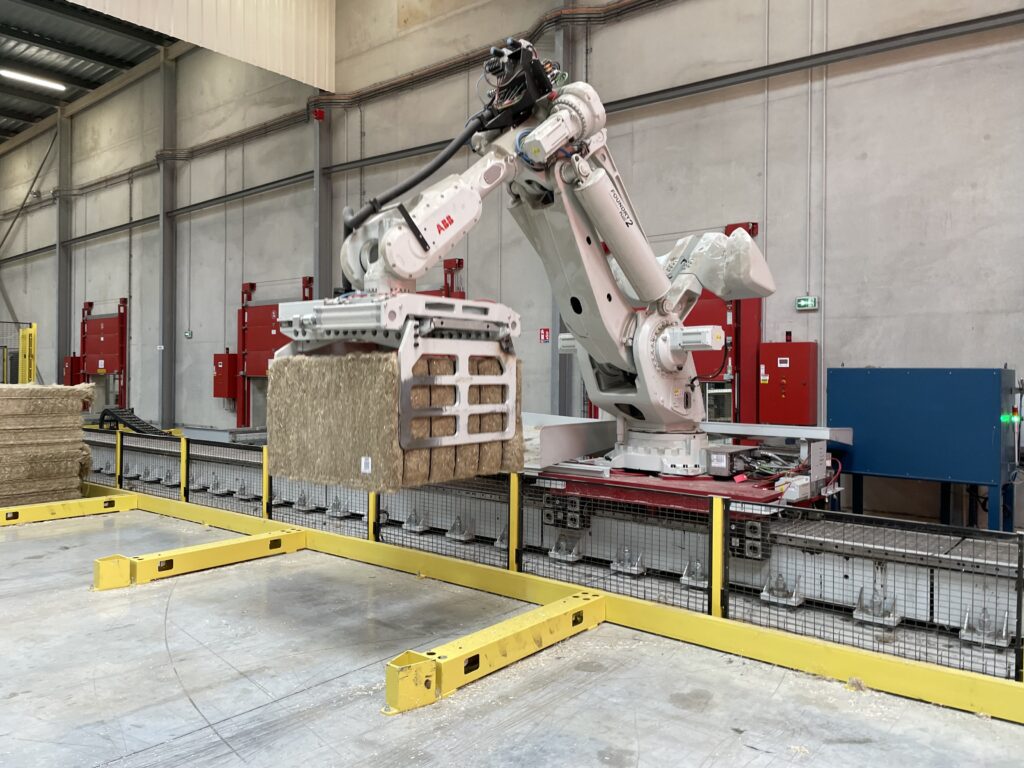
Eastern France: a Key Region for the Hemp Bioeconomy
Eastern France, which accounts for half of France’s hemp-growing area and 15% of Europe’s, is proving to be fertile ground for the entire industry.
The establishment of La Chanvrière at Juniville has strengthened this regional dynamic, which is already supported by a complete and structured ecosystem: research institutes (INRAE, FRD), universities (UTT, Reims), organisations promoting the sector (Envirobat, Bioeconomy for Change), construction professionals and innovative manufacturers. This close-knit network is supporting the growth of the sector across the entire value chain, from production to processing.
Hemp is one of the most promising materials in the bioeconomy. It has outlets in a wide range of sectors, including construction, textiles, cosmetics, plastics, food, healthcare and energy. In the building industry, for example, hemp concrete is attractive for its thermal performance, low carbon footprint and acoustic insulation properties. Hemp is increasingly being used as an additive in bio-based plastics, as an ingredient in cosmetics and as an innovative local textile raw material. This versatility makes it a strategic resource for supporting the ecological transition of industrial sectors.
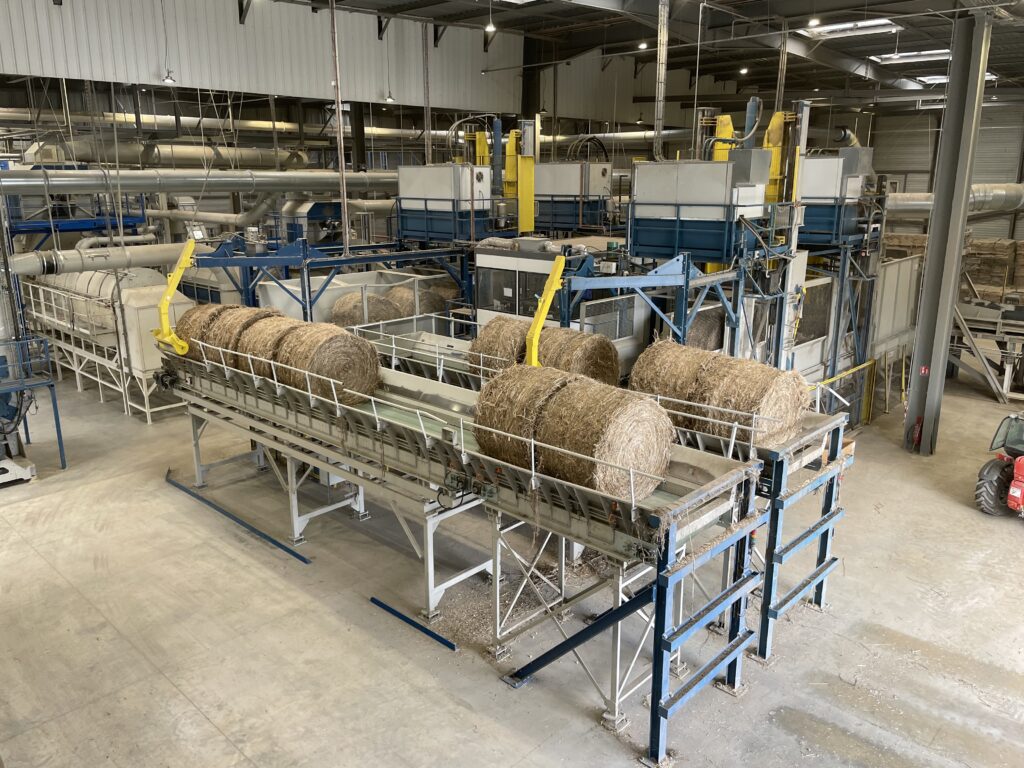
News that might interest you
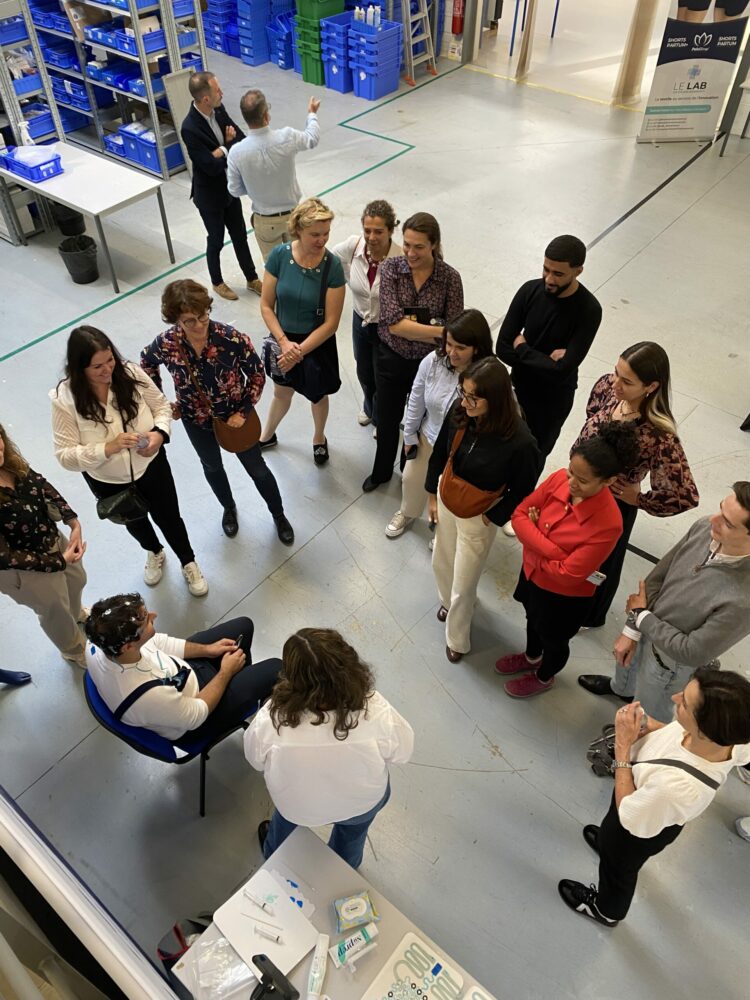
A Business France Delegation Visiting Eastern France
Posted on 1 October 2025
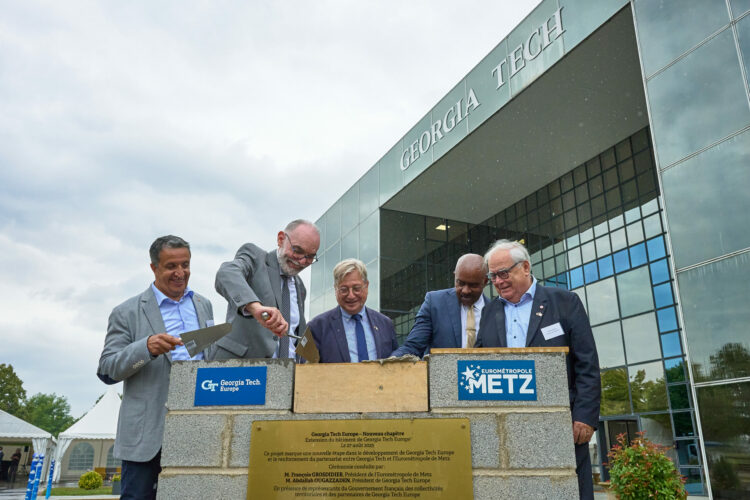
Georgia Tech Europe in Metz: A new milestone for transatlantic innovation
Posted on 8 September 2025

A New Cosmetics Valley Emerging in Southern Champagne
Posted on 20 August 2025


